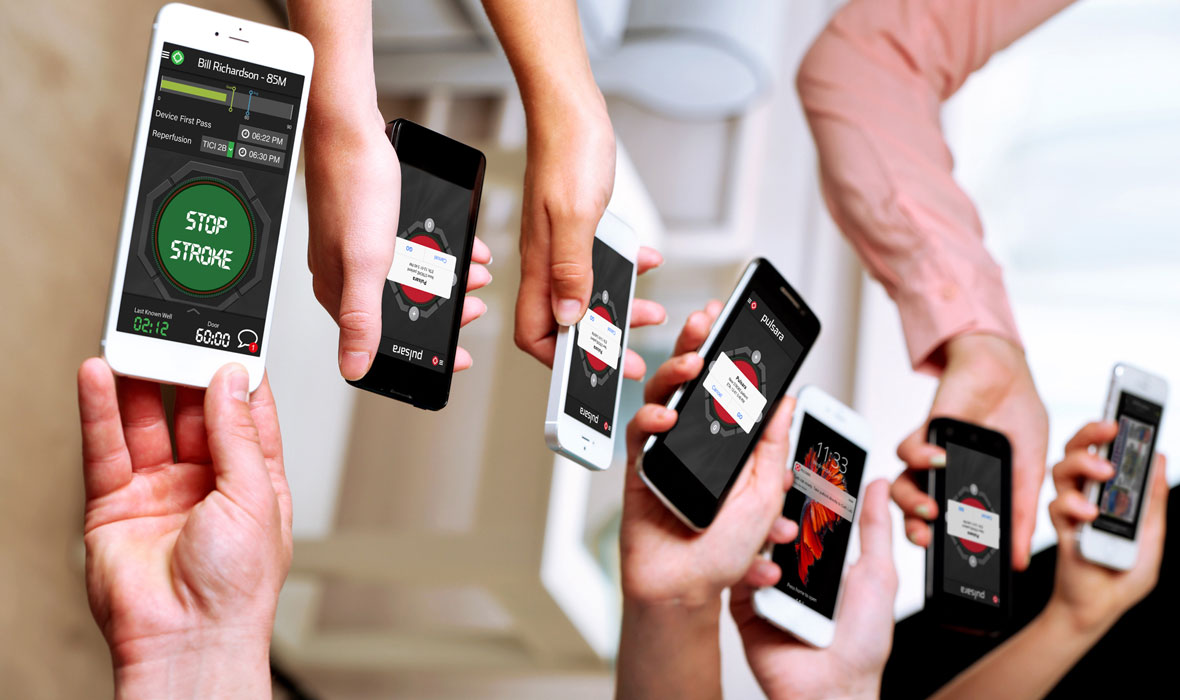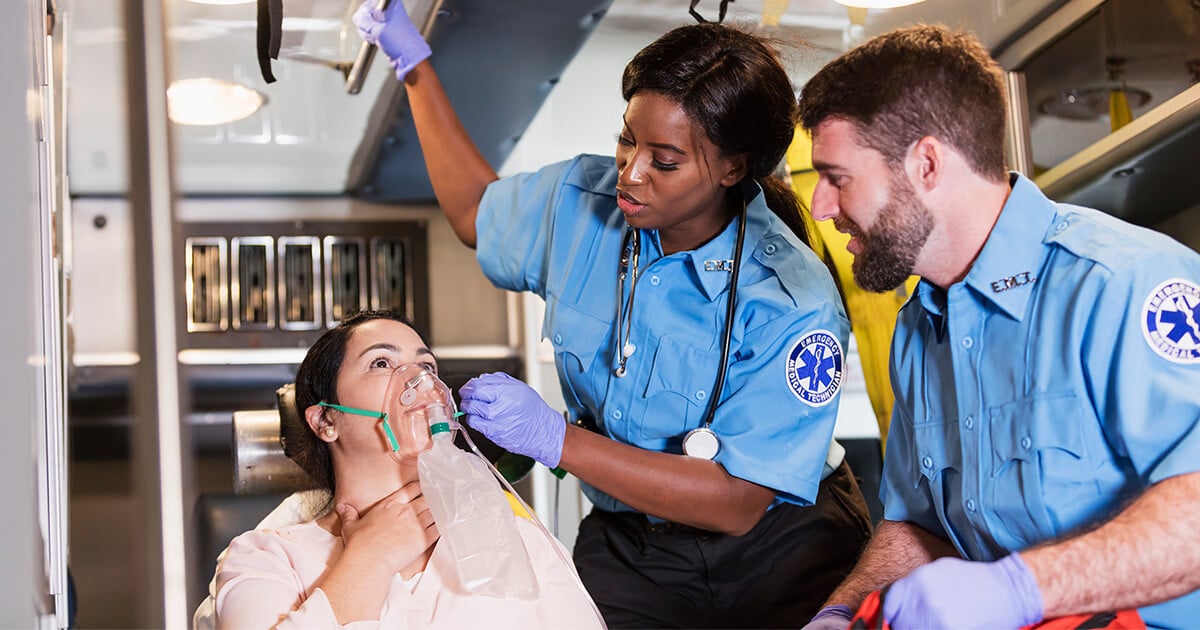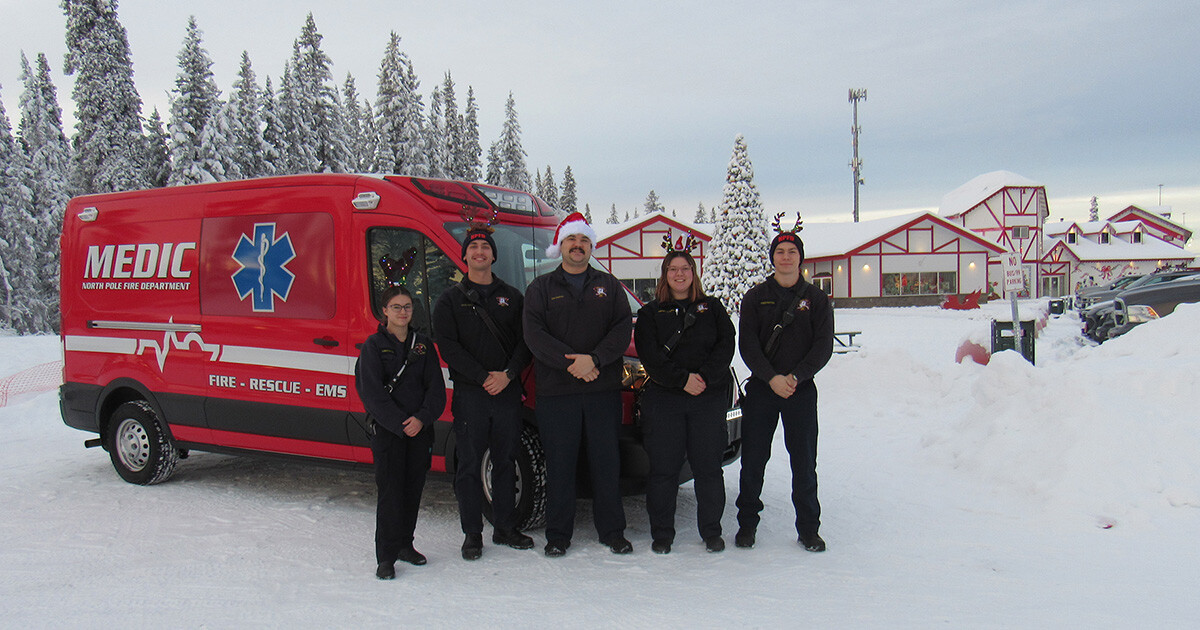Pulsara Around the World - April 2025
March Recap A New Integration: Improving Data Management, Streamlining Workflows, and Improving Care CoordinationOnly a few days ago, we announced...

When it comes to healthcare, we track a lot of metrics. We know how many beds the hospital has and the number of annual ED visits. But there's one area that is still uncharted territory: just ask anyone in the hospital how many teams they have. I promise you will hear crickets.
At Pulsara, our focus is on real time TEAM communication that crosses healthcare entities. Okay, but which teams exactly are we referring to? While the answer is essentially endless (Pulsara can be used for ANY patient, ANY condition, ANY EMS or Hospital team member), here are 10 teams that immediately jump to mind when asked what our customers use Pulsara for.
Every hospital has a team on-call for emergency surgery. The call team is diverse and it takes a clinician to determine who is called in for each case. For example, you have the Ortho Tech who doesn't need to be called in for the emergency appendectomy. Meanwhile, the Perfusionist better be there when the Cardiothoracic team is needed.
There are dozens of little variables like this that can have catastrophic consequences if an operator fails to call the right person. Evidently, this is a challenge that most -- if not all -- hospitals deal with. The most common way to solve this challenge currently is having the House Supervisor call in each team member one by one. This is very labor intensive and when you have a manual process, mistakes are bound to happen. Instead, the leading hospitals dynamically build teams with Pulsara, adding unique members as needed and ensuring instant clarity for all.
Sepsis is tricky. In its early phase, it's so hard to see, but so easy to treat. In the late phases, it's super easy to see, but a real nightmare to treat. Every member of the sepsis team is so important when trying to provide timely care to a patient population that needs the right treatment, right away. Regardless of what your sepsis protocol looks like, your Sepsis teams can use Pulsara to notify lab, pharmacy, critical care or the sepsis coordinator.
ECMO is a life-saving perfusion technology that is only of benefit if we can provide it to the right patient in a timely manner. I've heard more than one team complain about the inability to get the team together quickly enough to provide the lifesaving care the patient needs. There are only a small number of hospitals providing this state-of-the-art life saving technology. Innovative patient care deserves the best and most robust communication platform on the planet.
With advancements in therapeutic hypothermia, it's imperative that we act quickly when we identify ROSC. Cardiac Arrest teams are using Pulsara to instantly alert and quickly gather key players.
Pulmonary Embolism Response Team. This is a relatively new team that more hospitals need to utilize. There are so many people who need to be included when trying to provide the appropriate care to this very critical patient type. The team may consist of Pulmonologist, Intensivist, Interventional Radiology and/or Thoracic Surgery plus more! How do you get all of these great minds together in one place where they can discuss what's best for the patient in a timely manner? Pulsara can help.
This isn't a new team and it needs no introduction. We have to stop with the overhead paging system. Surely you realize by now that calling out emergency codes overhead in the hospital doesn't sit well with your quiet environment of healing. Sure, you can use a pager instead, but wouldn't it be nice to have a little more information than a page saying RRT room 2305? With Pulsara, we can provide all of the critical information that you need to respond to the Rapid Response Team, with a tap.
Transplants have so many moving parts with so much information, so one system to handle all that information is immensely helpful.
Yeah, we do that too (and we do it well!) but you knew that already. Check out our case studies, published research, and videos!
Stroke seems to be the most rapidly evolving area of medicine. With advancements in Artificial Intelligence in radiology and CT imaging, Pulsara is the platform that is partnering with the industry leaders to ensure all of those images are at your fingertips RIGHT when you need them.
This is the ultimate team. The trauma team is the largest, with the most diverse array of specialists who may all need to be notified at the same time or one-by-one as the case progresses. No problem at all with Pulsara.
Pulsara is so much more than a STEMI & Stroke app. We are a robust mobile communications platform that enables real-time team communication. It doesn't matter if the patient arrives by EMS, the ED, is an inpatient, or comes from an interfacility transfer. Pulsara is the only platform that checks all the boxes. You don't need a separate solution for each team -- you need one.

March Recap A New Integration: Improving Data Management, Streamlining Workflows, and Improving Care CoordinationOnly a few days ago, we announced...

EMS providers and industry stakeholders can now improve data management, streamline workflows, and reduce the risk of double documentation through...

NORTH POLE, AK — It’s an open secret that there’s a lot of activity going on at the North Pole this time of year. Between checking the list twice,...